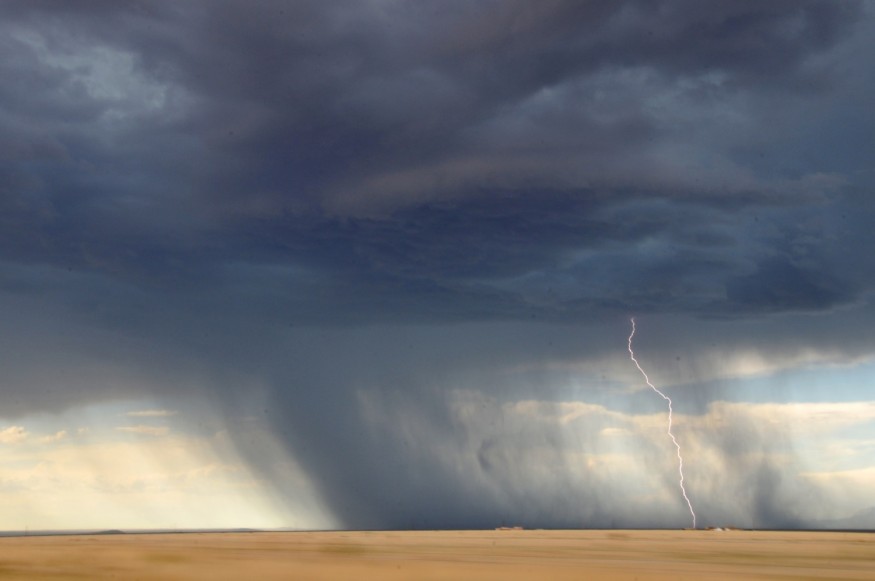Following devastating tornadoes, the death toll is climbing throughout the Midwest and South, and AccuWeather meteorologists predicted more deadly storms on Saturday.

Worst Tornado Outbreak
The worst tornado outbreak of the year occurred on Friday due to the severe weather, according to AccuWeather.
Heather Tesch, a meteorologist, examines the circumstances leading up to Friday's massive outbreak of severe storms.
At least 12 people were confirmed dead by the morning after a night of horrific, strong winds that struck the Midwest and South, Weather reported.
What is a Tornado?
A tornado is a short column of air that emerges from a thunderstorm and spins erratically before reaching the ground.
As wind is invisible, it is difficult to observe a tornado unless it creates a condensation funnel out of dust, debris, and water droplets.
Tornadoes can be among the most violent events among all the atmospheric storms we encounter.
Strong downburst (straight-line) winds may also occur due to the same thunderstorm that produced the tornado, and hail is frequently found very close to the tornadoes because the strongest thunderstorms produce tornadoes formed underground.
Tornadoes are nature's most violent storms, capable of killing people and destroying entire neighborhoods in a matter of seconds.
While some tornadoes are obscured by adjacent low-hanging clouds or rain, others can be seen clearly.
Tornadoes can form very swiftly and dissipate almost as quickly. Most tornadoes last at most 15 minutes on average.
The air may get incredibly calm, and the wind may die just before a tornado strikes.
Even if a funnel is not visible, a cloud of debris can identify a tornado's position. Near a thunderstorm's trailing edge is where tornadoes typically form. Behind a tornado, it is not unusual to see clear, sunny skies.
Every year, the US is affected by about 1,200 tornadoes.
We cannot determine the real average number of tornadoes that occur annually because official tornado statistics only go back to 1950.
Also, there have been significant changes in tornado spotting and reporting techniques over the past few decades, which implies that we see more tornadoes that occur.
Tornado season often refers to the time of year when there are the most tornadoes in the United States.
The southern Plains' "tornado season" peaks in May and early June, affecting states including Texas, Oklahoma, and Kansas.
It happens sooner in the spring on the Gulf coast.
Tornado season begins in June or July in the northern Plains and upper Midwest, including North and South Dakota, Nebraska, Iowa, and Minnesota.
But keep in mind that tornadoes can occur at any time of the year.
Although they can strike anytime, most tornadoes happen between 4 and 9 p.m.
Tornado Watch and Warning
Tornado Watch
The NOAA Storm Prediction Center meteorologists, who monitor the weather around-the-clock in the United States in search of circumstances conducive to tornadoes and severe weather, issued a TORNADO WATCH.
A watch may cover parts of a state or many states.
Look for severe weather, be ready, and listen to NOAA Weather Radio to learn when alerts are issued.
Tornado Warning
The meteorologists at your local NOAA National Weather Service Forecast Office, who monitor the weather over a specific area around-the-clock issue a TORNADO WARNING.
This indicates that a tornado has been spotted by spotters or detected by radar and that anyone in its path faces a substantial risk to their lives and property.
A tornado warning means you need to FIND SAFE HOUSING IMMEDIATELY!
A warning might be issued for specific counties or counties in the danger zone.
Related Article : Exposure to Major Disasters Can Cause Long-Term Mental Health Problems
For more climate and weather updates, don't forget to follow Nature World News!
© 2025 NatureWorldNews.com All rights reserved. Do not reproduce without permission.





